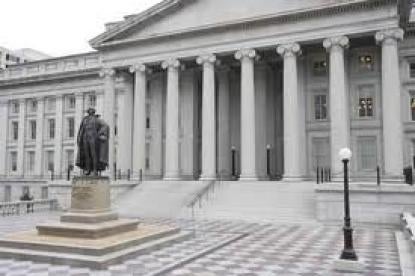As we anticipated in our recent alert on the second round of proposed Opportunity Zone (“OZ”) regulations, Worth the Wait: Second Round of Opportunity Zone Proposed Regulations Clears the Way for Many OZ Investments, Senators Tim Scott (R-SC), Cory Booker (D-NJ), Todd Young (R-IN), and Maggie Hassan (D-NH) have introduced legislation, S. 1344, that would impose reporting requirements on Qualified Opportunity Funds (“OZ Funds”) to provide the Department of Treasury (“Treasury”) with information to measure the social impact of OZ investments (the “Proposal”). The Proposal follows Treasury’s “Request for Information on Data Collection and Tracking for Qualified Opportunity Zones” issued concurrently with the proposed regulations seeking stakeholder input on ways to gather similar data.
The Proposal would provide Treasury with information about the following:
-
The number of OZ Funds that have been formed
-
The amount of assets held in OZ Funds
-
The composition of OZ Funds by asset class
-
The percentage of designated OZs that have received investments
-
The impacts and outcomes of OZ Fund investments on OZs, including job creation, poverty reduction, new business starts, and other metrics the Secretary may require
More specifically, the Proposal requires OZ Funds to report the following information to Treasury:
-
The total amount of an investment by an OZ Fund and the date on which the investment was made
-
The type of investment, such as a new business, the expansion of an existing business, or a real property development
-
The location of the business or real property
-
The type of activity supported by the investment, including single or multi-family residential, commercial real estate, manufacturing or retail
-
The economic sectors in which a business operates
-
In the case of a business, the approximate number of full-time employees
-
In the case of real property, the total square footage and number of residential units, as applicable
Under the terms of the Proposal, the Secretary of the Treasury is required to make the information publicly available on an annual basis. The information will be aggregated so that any personally identifiable data is protected from public disclosure. In addition, Treasury is required to submit an annual report to Congress, beginning five years after the information reporting requirements become law. The Secretary is to establish procedures to ensure that collection of the data does not impose duplicative or redundant reporting by OZ Funds. One possible mechanism would be to revise Form 8996, the form an OZ Fund must file with its annual tax return to certify whether it meets the 90 percent investment in qualified OZ property threshold.
Similar information reporting requirements were included in original OZ legislation that was revised when it was included in the 2017 Tax Cuts and Jobs Act. The reporting requirements were eliminated from the tax reform bill due to the Byrd Rule, a feature of the budget reconciliation process that was used during tax reform so only a majority vote in the Senate was required to approve the legislation. The Byrd Rule prohibits provisions that do not have a budgetary impact.
While the odds of enacting this legislation may seem remote given the current state of play in Congress and as we head into an election year, the Proposal should not be discounted. Legislative proposals have a way of surviving until the political and policy conditions are right. Enactment may not be during this Congress but it could be during the next.
There are increasing concerns that the OZ incentive may lead to unintended gentrification and fall short of helping the communities it is intended to help. Information reporting requirements such as these will help address those concerns by giving Treasury and Congress information they need to assess the results of OZs and to hold OZ Funds (and, by extension, investors, developers, and entrepreneurs) accountable. While this information may be helpful in seeing the OZ incentive achieve its intended purpose and many OZ participants may not object, it also could pose reputational risks on participants who do not take the social impact of their activities into account, and result in additional administrative costs and burdens for all OZ Funds. As a proactive measure, OZ Funds might consider voluntarily designing their OZ recordkeeping systems to record the data points identified in the legislation.





 i
i


